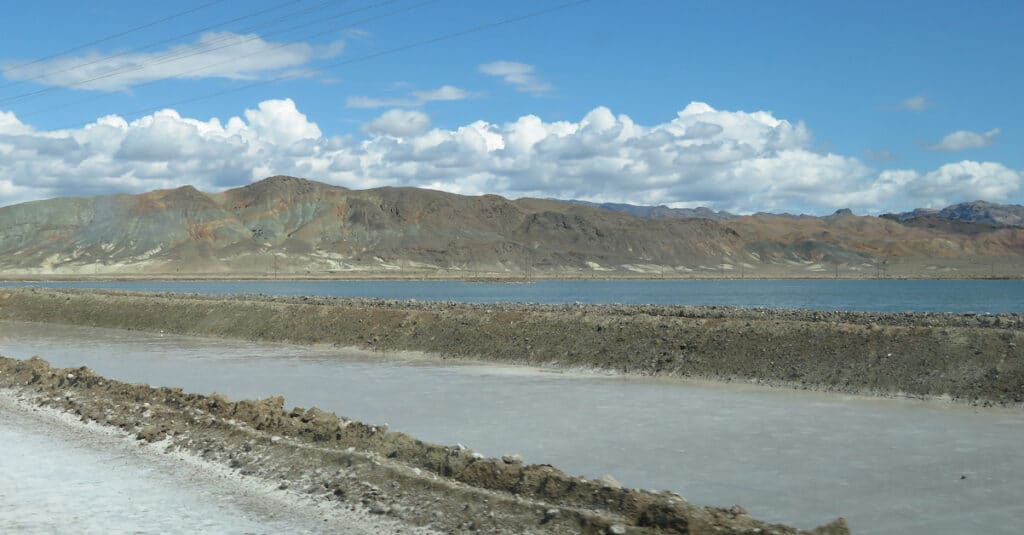Some lithium mines look more like Caribbean wading pools. However, these briny pools are part of the mining process of extracting lithium from water instead of rock: water is pumped into the earth and then a salty concoction is pumped back to the surface and a lovely blue evaporation pool is formed. Once the pool dries and is reprocessed, lithium can be mined.
Market demand has companies investing in mines, and solid plans have been made to reopen a mine in North Carolina.
- RELATED: LG Chem to build $3.2B EV battery plant in Clarksville
- RELATED: Ground broken on $1B Ascend Elements plant in Hopkinsville
“Reopening a closed mine, for a multitude of reasons, is an easier lift than launching one from scratch, and soaring prices make projects that were shuttered for economic reasons suddenly more profitable,” reports Camila Domonoske of National Public Radio. “Analysts agree that soaring demand for lithium means new mines will need to be built — which means hard conversations about where to place them and how to build them as responsibly as possible, given the substantial footprint of any mine.”
Companies are even searching for lithium in recycling heaps, geothermal power plant brine, and volcanoes.

Electric vehicles use lithium in their massive batteries and as the U.S. curbs its way toward EV acceptance, the demand for lithium will continue to soar. Proposals for new mines are popping up nationwide but are met with conflicting agendas, Domonoske reports: “One proposed site threatens the only habitat of a rare Nevadan wildflower, for example, while another has outraged both indigenous groups and ranchers.”
Rystad Energy analyst Susan Zou told Domonoske, “For the next three to five years, the world will largely be relying on already-operating mines to scale up as fast as they can. Actually, in the past six months, we have been already quite surprised to see how fast those existing projects have responded to the lithium price hikes.”
Among its many positives, lithium shows a path toward less dependence and pollution from fossil fuels.
“Lithium-ion batteries are a key part of every feasible path to reducing the climate crisis. Electric vehicles can help reduce the use of gasoline and diesel,” Domonoske says. “Giant batteries can store electricity from wind and solar farms to displace coal and natural gas. The batteries’ promise: the quality of life that fossil fuels have provided, minus the fossil fuels themselves. What this means for demand for minerals like lithium is almost hard to comprehend.”
The U.S. lithium market began in Silver Peak, Nevada, the site of an old silver mine.
“More than 50 years ago, it kicked off a revolution in lithium mining by proving you could extract the mineral from liquid, not just from rock,” Domonoske reports. “For decades it’s been the sole domestic producer of lithium in the United States. Now the small mine is in the process of doubling its output, and facing new rivals, as part of a massive global phenomenon that’s reshaping multiple industries.”
Companies are betting that the cost of mining lithium will lead to exponential rewards. Kwasi Ampofo, the head of minerals and mining at BloombergNEF, told Domonoske, “There’s something interesting about high prices. It incentivizes everything.”






